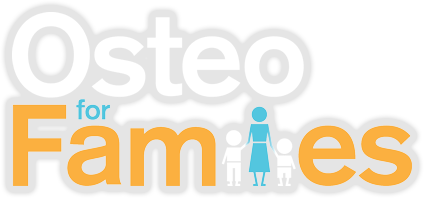WHAT IS CLUBFOOT? CONGENITAL TALIPES
Club foot can describe a range of foot abnormalities that are present at birth. Clubfoot is also known as congenital talipes equinovarus.
The foot position is abnormal and often described as twisted. In club foot the tendons which connect the muscle to bone are shorter than usual resulting in the abnormal position.
What does club foot look like? You may think your child’s foot looks twisted in and down with the inner arch and heel facing in. The affected leg may also look shorter and the muscles of that leg look underdeveloped. It is called clubfoot because the position of the foot can be similar to a golf club as the twisting of the middle part of the foot can make the foot appear short and wide. There are usually deep creases on the inside of the foot and the back of the heel.
It is not known what causes clubfoot but there is an increased likelihood in boys, of infants with a family history of clubfoot, other congenital conditions, smoking during pregnancy and not enough amniotic fluid during pregnancy.
Club foot can commonly be recognised at birth but may be seen on a routine ultrasound as early as 20 weeks while in the womb.
Club foot can be mild or severe and can be treated in a range of ways depending on the severity.
Treatment usually will start soon after birth with the aim to improve the look and function of the foot before the child starts walking. Treatment can involve stretching and casting in a particular position with a possible recommendation for special shoes after a period of casting. Casting will generally be gradual and be changed weekly for 6-12 weeks. There may also be a procedure to lengthen the achilles tendon. If it doesn’t respond to casting or it is a severe club foot then surgery may be recommended to address some of the tendons and ligaments around the ankle and foot. It is important to follow up with treatments as the condition can return.
With appropriate treatment children with clubfoot can usually walk fairly normally, but may have some decreased flexibility of the foot and ankle and limited movements, the affected leg may be slightly shorter and the foot and calf may be slightly smaller than the other leg. Left untreated it can lead to arthritis, postural changes, difficulty walking and affect self image.
s an osteopath we can play a role in part of the management through addressing the musculoskeletal aspects of the condition. We can work with the child to help improve the range of motion of joints around the area and loosen any tightness through muscles and joints. As a result of clubfoot other areas may be affected and compensation from altered movement patterns may result in aches and pains in other parts of the body, we can aim our osteopathic treatment to assist with this as well.
Keynotes:
https://www.mayoclinic.org/diseases-conditions/clubfoot/diagnosis-treatment/drc-20350866
https://raisingchildren.net.au/guides/a-z-health-reference/clubfoot-turned-foot

